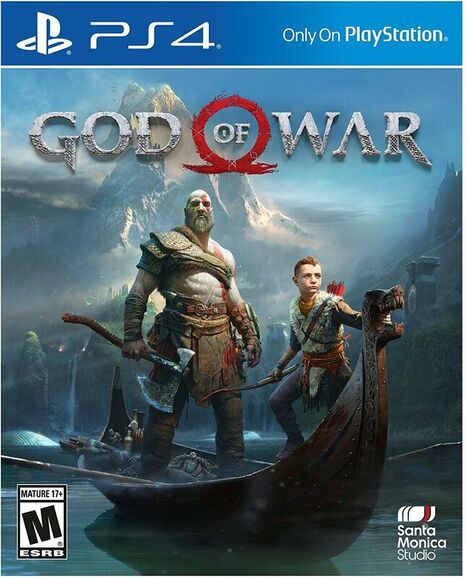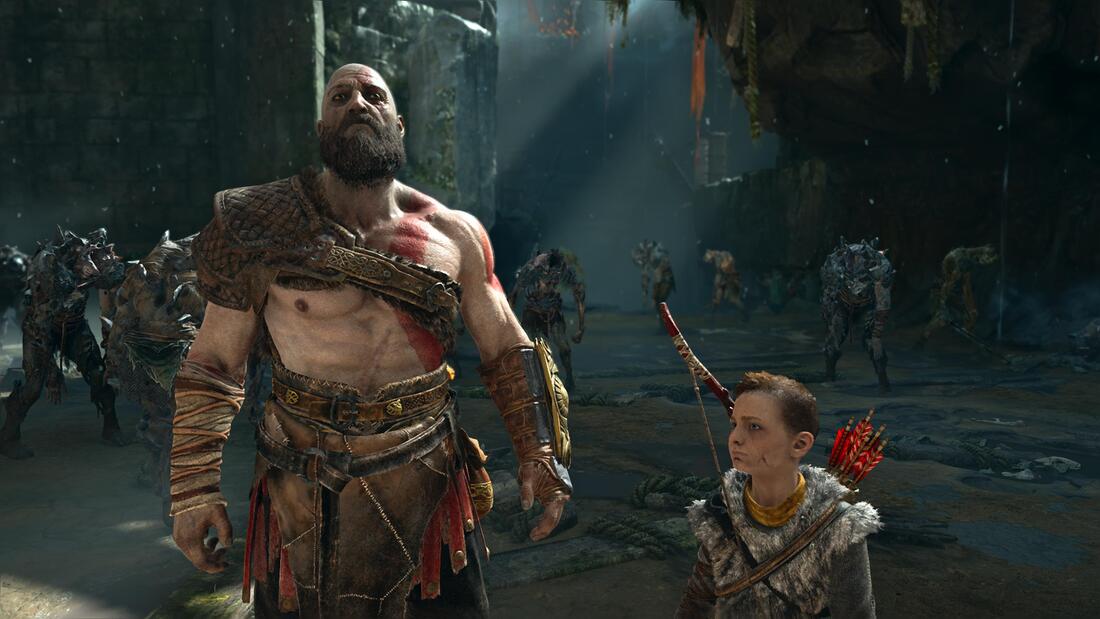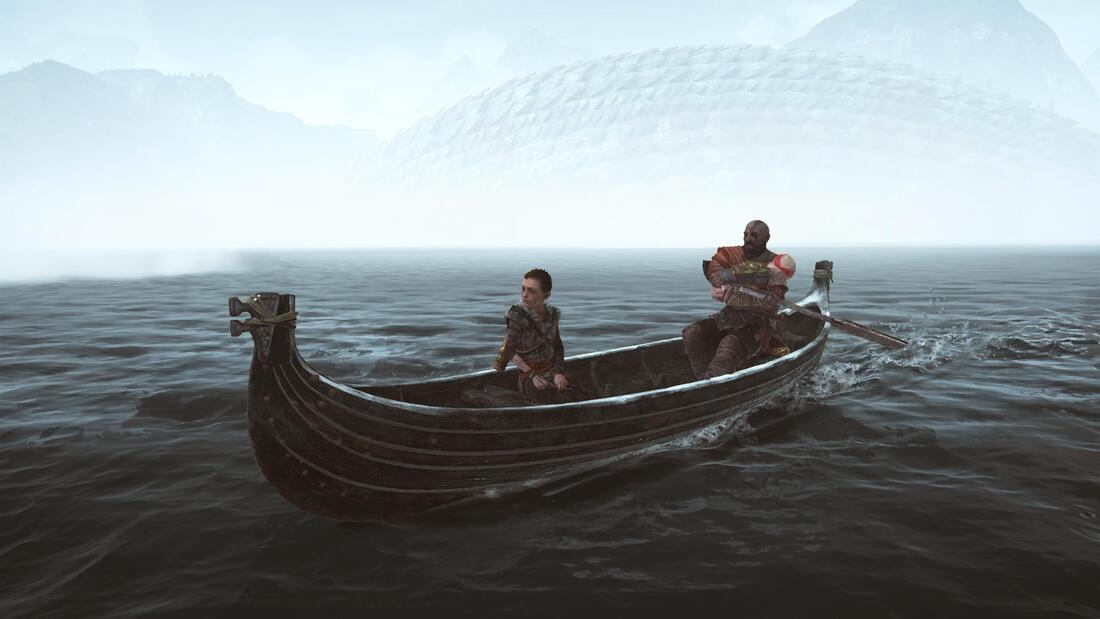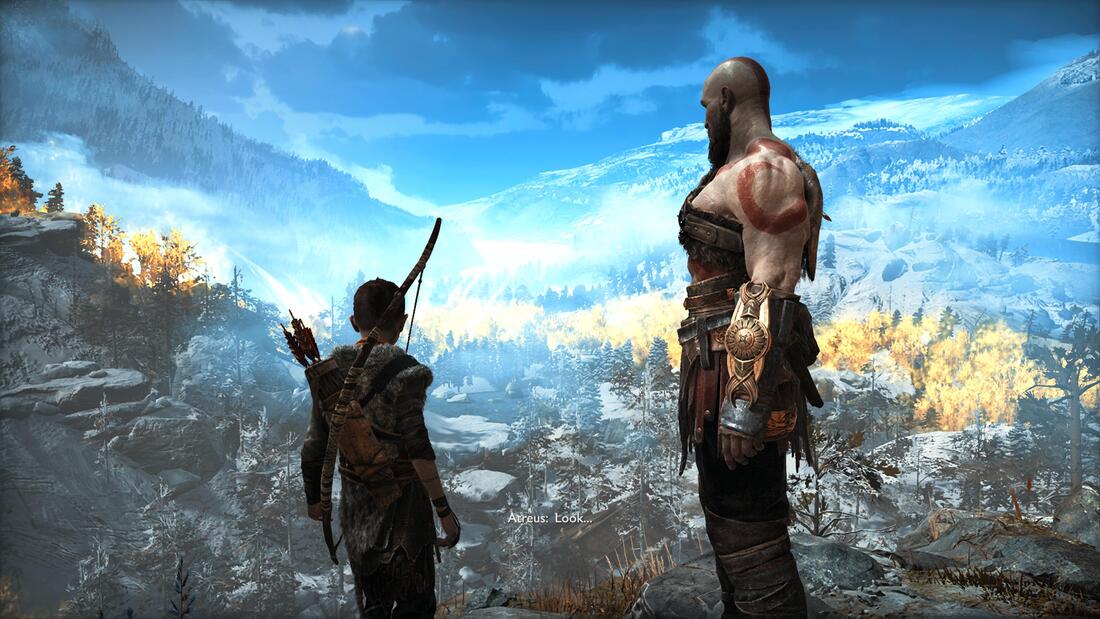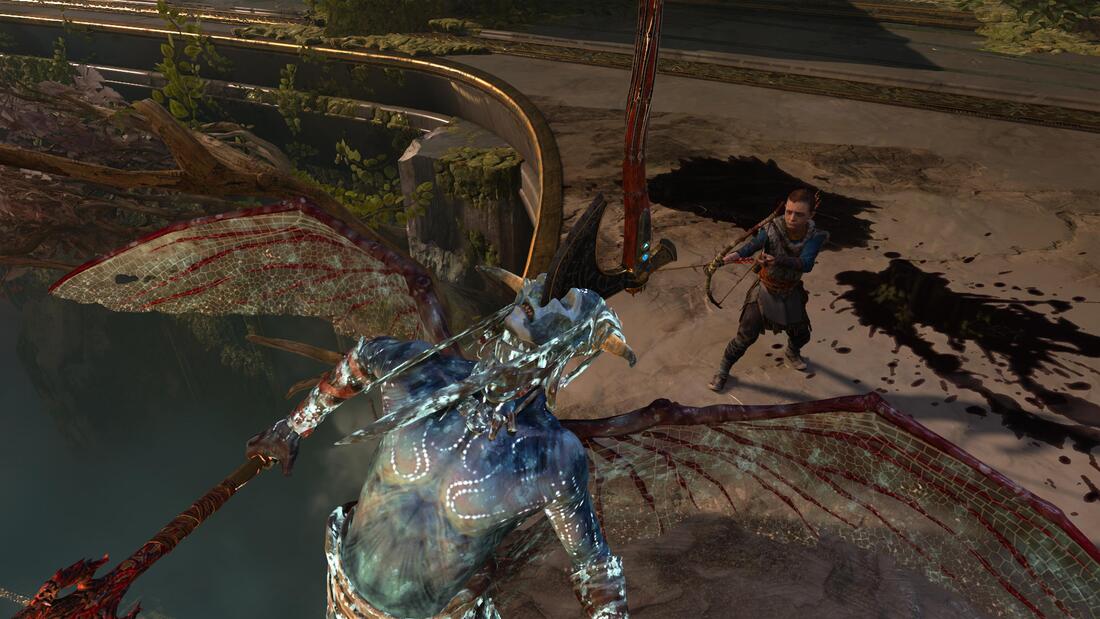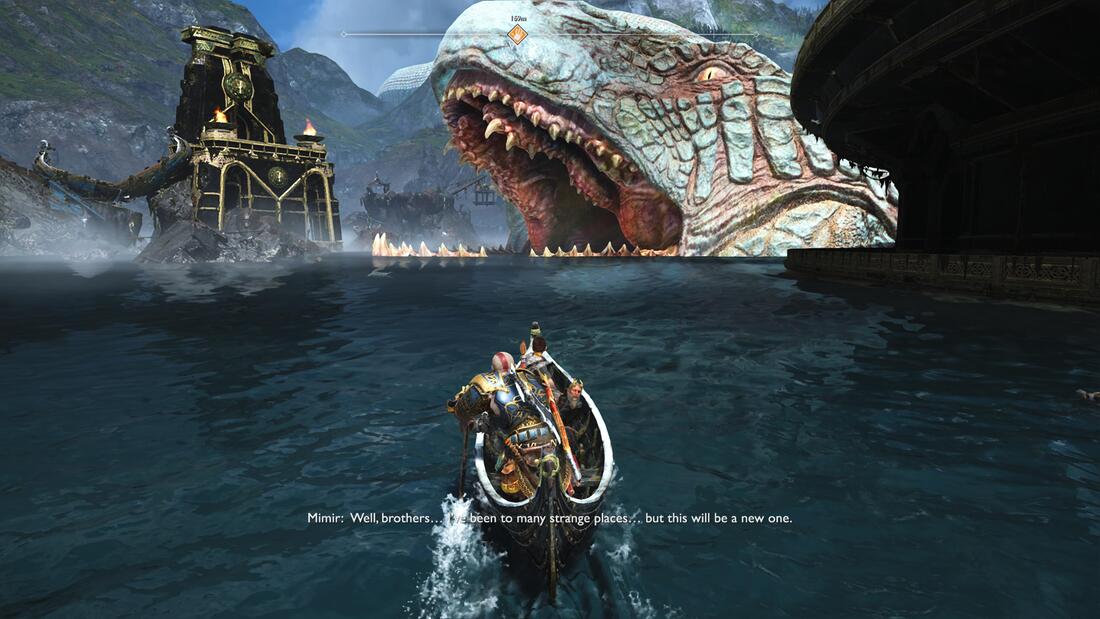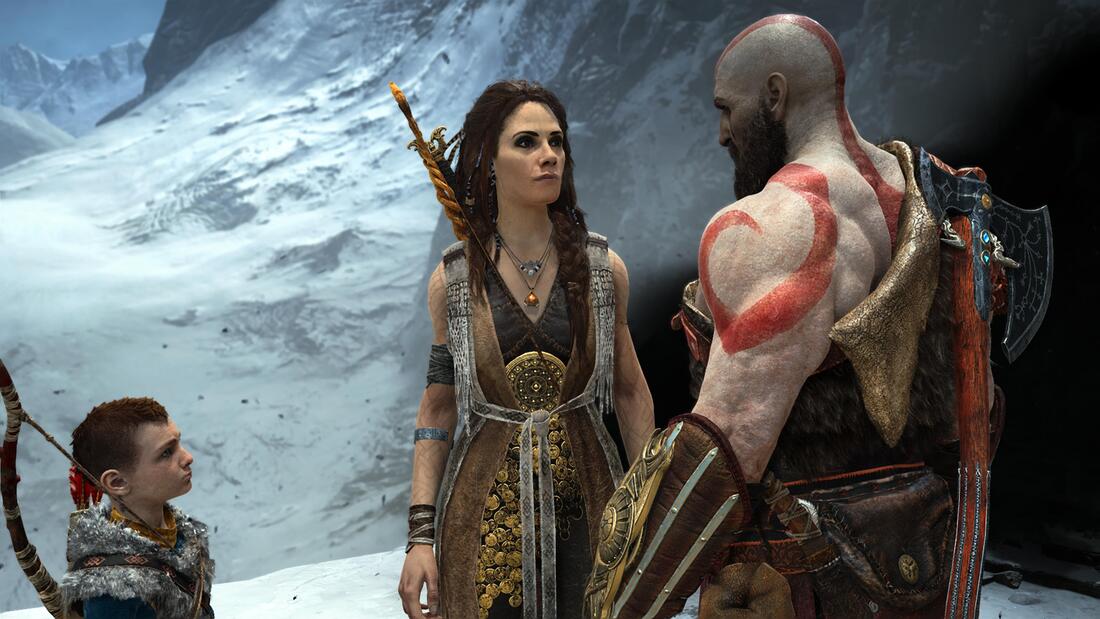Partridge Senpai's 2021 Beaten Games:Previously:
2016 2017 2018 2019 2020* indicates a repeat
1.
Atelier Rorona: The Alchemist of Arland (PS3)
2.
Portal 2 (PC) *
3.
Atelier Judie: The Alchemist of Gramnad (PS2)
4.
Pipo Saru 2001 (PS2)
5.
Mystical Ninja Starring Goemon (N64)
6. Atelier Viorate: The Alchemist of Gramnad 2 (PS2)
After being thoroughly underwhelmed by Atelier Judie a couple weeks back, I was eager to see just what they went to from that entry. Given the very experimental nature of Atelier Judie's abandonment of the time limit Atelier as a series was so defined by, how would the next game in the sub series handle what Judie had brought to the table? What I was greeted with was an incredible turnaround I never would've expected. This game, like its predecessor, also does not record your actual playtime, so I reckon it took me around 40-ish hours to complete it with Brigitt's ending.
Viorate is a 15 year old girl living in the small village of Karotte. It's famous for its carrots, and she can't get enough of them. She loves her town, but her parents think it's too small and want to move to a big city very far away to get more opportunities. Inspired to take up alchemy by an itinerant alchemist (another student from Salzburg, the location of the first Atelier trilogy), she commits to trying to use alchemy to improve her town to the point that her parents have no choice but to remain there (or at least let her stay). This starts as simply filling requests for people, but ends up working towards efforts to both run a shop and to be the biggest seller at the annual charity auctions.
Though the chronology is later specified to a degree, Atelier Viorate's connection to Atelier Judie is at first very murky, but ultimately not very important (especially given how Atelier Judie ends). Viorate's story and how it's told are head and shoulders above Atelier Judie's. The side characters (and main character) are better defined and characterized with a lot more scenes together, the main character's motivations as well as the stakes of her quest are much better established, and there are a myriad of endings you can aim for depending on just how hard you're willing to go towards trying to fulfill Viorate's wish to remain in her hometown. I thoroughly enjoyed the story and the characters, and although it certainly lacks the depth and polish of later games I've played like Atelier Rorona (many party members still join your party basically just because, and with very little personal reason to), the seeds of what would become the even more detailed character writing that are so strong a hallmark of the series are definitely here and definitely flexing their narrative muscles.
A lot of these narrative improvements don't exist in a vacuum, however. A lot of them are allowed to exist because the the structural changes in the game's design since the last game. You still travel around to different towns, but Karotte Village is your home base of operations. No more moving house from inn to inn like in Judie. This means you have a place to expand and grow your alchemy/shop skills in as well as a place to have important plot events to occur. And let's not forget the most important change: You have a time limit again! You have three years (or five, if you manage to get the two year extension from doing well enough at the end of the first three) to turn Karotte Village into a boom town. If you're paying attention to your shop stuff, this is a pretty trivial task and is ultimately not that hard. However, putting the game's story back on a time limit gives it a sense of pacing that really helps the story stay consistently engaging, as the multiple endings allow you to try as hard as you're willing to go to see the story to its completion. The establishing of Karotte Village as your home base as well as giving you a time limit to do your quest within allow the most verisimilar elements of Atelier Judie's narrative progression to now shine as genuinely clever storytelling elements rather than interesting quirks that do little but befuddle you with awkward signposting.
The UI and quality of life features have been improved a fair bit as well. Most importantly, you can now select multiple items at once when moving them between containers. That may seem trivial and obvious a thing to implement into a game that has tons of item management, but it's SO nice to have it now after not having it for the entirety of Atelier Judie XD. Overall, the item management has been streamlined a bit, as you can even auto-sort your inventory now with a press of the triangle button. There are still some annoying things like the lack of more detailed sorting features, the lack of sub-categories in your crafting menu (so the ever expanding singular list gets a bit annoying to traverse after a while), and your container still not preventing things from spoiling, but it's overall a very significant step up. The one weird step backwards is that they no longer give crafting time for items in their actual fraction of a day anymore, and you need to figure it out yourself through trial and error.
The gameplay loop itself has both changed a fair bit but also stayed very much the same. The Atelier crafting system; with its item qualities, item effects, time spent, and resource gathering; is still here in all its glory. The function of tools that you buy or craft to aid in crafting has also returned from Atelier Judie. You have more items to craft than ever, and most importantly you can even craft your own weapons and armor now! You also very familiarly to any Atelier game have the ability to pick up requests for both found and crafted items from the town bar. However, you also now have shop management, which involves keeping your store stocked, deciding what items to mark up or down (with a simple "sale" or "luxury" toggle), and trying to keep track of what's popular so you can sell as much as you can! Those requests you do for bars? They spread the word of your products and will attract people from those towns to your village's shop. You can hire someone to stand behind the counter for you, or you can do it yourself if you fancy getting some of the oodles of character interactions hiding behind it~. You can even unlock different upgrades for your atelier, but you can only have so much built at a time (granted the upgraded forge is basically the only correct choice to have once you have the opportunity to build it). Running your shop adds a big opportunity for self-directed play in the game, but along a guided route. I found the gameplay loop really satisfying, and although running a shop isn't exactly a totally unique thing in the series (it's the main focus of the first game in the series, after all), it's definitely within the realm of "if it ain't broke, don't fix it".
Of course there's also the combat in the game, which is really one of the things that's changed least from Atelier Judie. You still have the same "everything is HP" system of that previous game, where running out of HP, MP, or LP will result in a KO. Additionally, a LOT of enemy sprites have been reused. That said, having different player characters as well as differently balanced monsters makes the way you need to approach combat much different, especially given how many fewer good non-item AoE attacks are in this game compared to the last one. The only really significant change in the combat is the addition of special moves that require several party members in your group. Both members of the pair can add skill points into their own version of it, meaning that whoever launches the attack has a big impact on its effectiveness. These also tie into the story to some degree, as they're basically always done between characters who have some narrative relation to each other.
This system is ultimately a double-edged sword. On one hand, it nudges the player towards pairings that will result in more durable fighting teams, but it also gives you hints on whom among your possible party compositions will result in side-story events together while you're out and about. But on the other hand, these pair moves are often quite powerful and have some of the best AoE spells in the game, so it ends up discouraging experimental party compositions. This game, unlike Atelier Judie, has no combat checks for most of its good endings (as there are many good endings, and it just depends on which one you're trying to aim for, although the best endings do involve a fair bit of combat and defeating the all or several of the game's quite tough optional bosses), so combat is another aspect that you really only need to engage with as much as you're willing to do so (as most of the base good endings are related more to crafting, the town's population, and your shop level than anything else). The combat is another element that is very much "if it ain't broke, don't fix it", and honestly the ability to craft your own weapons and armor does more to fix the combat than any actual technical changes in the mechanics of combat ever could XD
The last thing to mention is the game's presentation, but it's definitely something worth mentioning. Though an art style change in the middle of a sub-series isn't something this series often does, it's something that happens between the two Gramnad games, and it's absolutely one for the better as far as I'm concerned. Characters look far more appealing in this style more reminiscent of the early-/mid-2000's anime rather than the more decidedly 90's' look and feel of Atelier Judie's art style. The other aspect that's really been given a shot in the arm is the music. I'd been told before I went into this game that it had a banging soundtrack, and boy does it ever. Atelier is a series that I generally associate with quite good music, and Judie really let me down on that front. Viorate really picks up the slack though, and has a soundtrack of the quality that I have come to expect from these games.
The last few bits of presentation I'll quickly mention are that, just like in Atelier Judie, you unlock a bunch of goodies after you beat the game like character portraits, a jukebox (complete with composer's comments about each track) of songs you heard, the ability to view art stills and anime videos (of which there are a surprisingly large number) from the game that you saw, as well as listening to interviews with the voice cast about their time with the game. I really love gallery stuff like this in games, and it always makes me smile to see that, even back in the early 2000's, Gust was putting these in as bonuses for people who saw their game to the end.
Verdict: Highly Recommended. I figured I'd like this game, but I ended up loving this game. There aren't many Japan-exclusive games that I play and really bemoan that they were never localized, but this is absolutely one of them. Atelier Viorate is an excellent entry in the series that really flexes the strengths of what Gust's team was capable of. If you can read Japanese, it's absolutely something worth checking out, as it's quite the foundational game for what would come after (at least for what I've seen of the later games) while still managing to be fun and compelling in its own right.
I identify everyone via avatar, so if you change your avatar, I genuinely might completely forget who you are. -- Me

